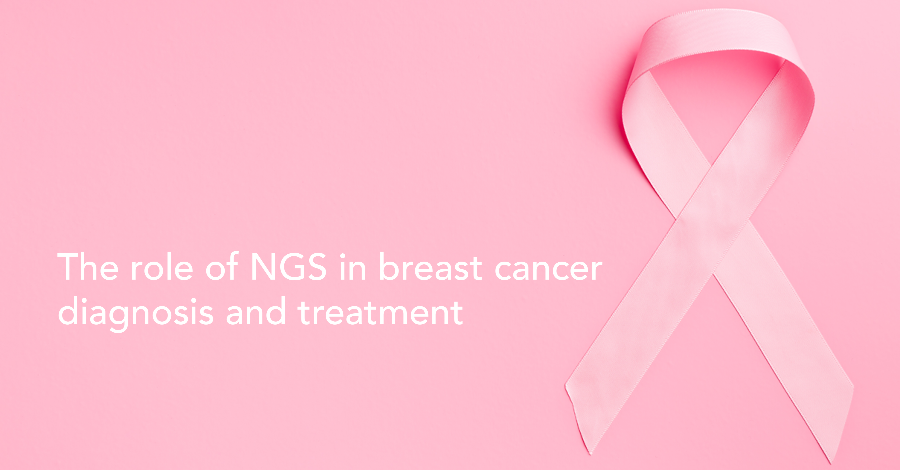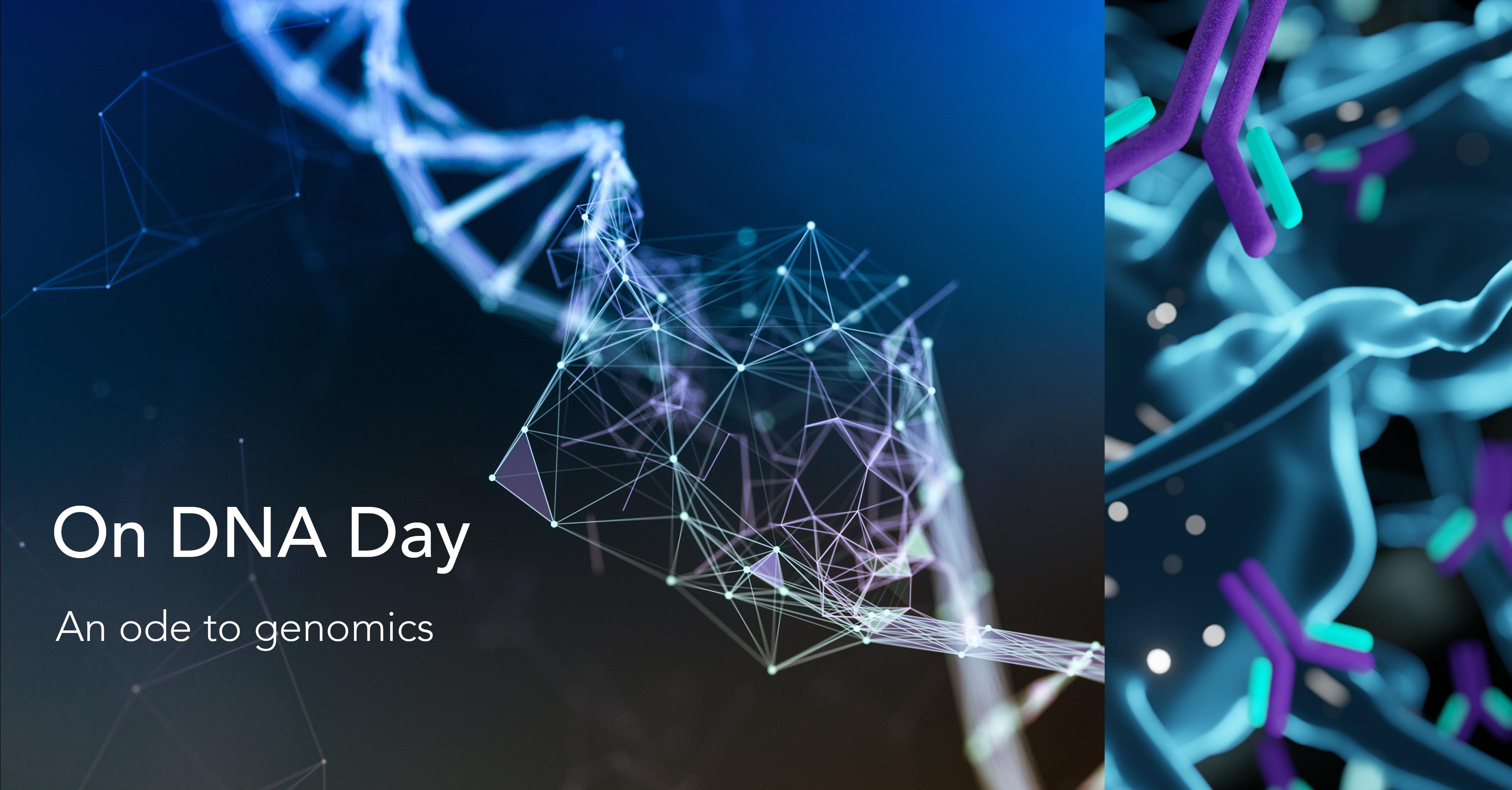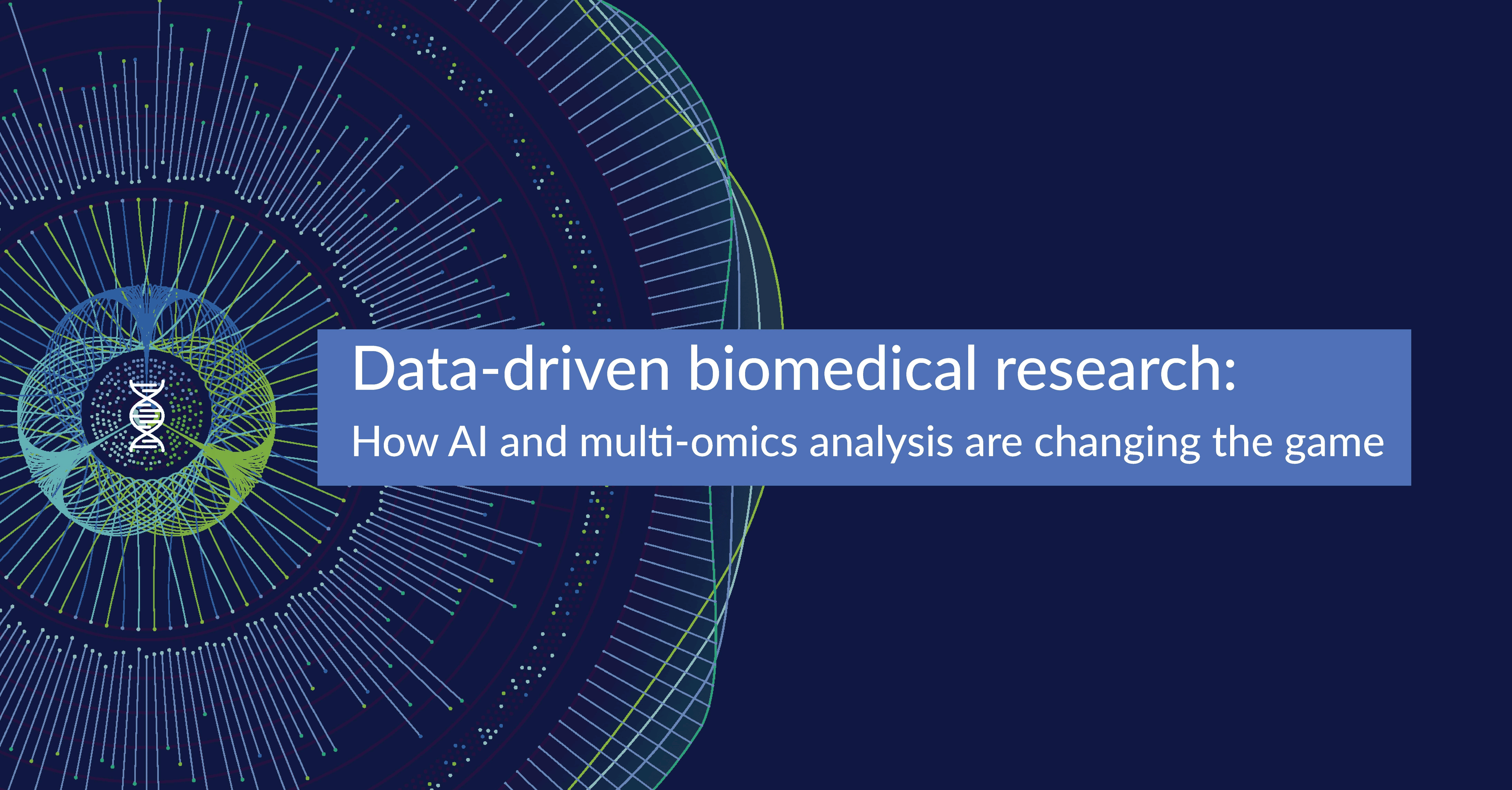The role of NGS in breast cancer diagnosis and treatment

Breast cancer is the most common cancer in women worldwide, accounting for 25% of all female cancers, and the most common cause of cancer death in women. Estimates from the World Health Organization (WHO) and the International Agency for Research on Cancer (IARC) indicate that in 2020 there were nearly 2.3 million women around the world diagnosed with breast cancer causing 700,000 deaths. And the situation is only projected to get worse, with the IARC estimating that demographic factors will contribute to significant increases in both the incidence and mortality of breast cancer by 2040.
As we mark another Breast Cancer Awareness Month in the global annual campaign to raise awareness about the impact of breast cancer, it is important to emphasise how early diagnosis can result in more effective treatment and help achieve survival probabilities of over 90% among patients. In the US, for instance, the early detection of breast cancer through increased awareness and mammography screening has resulted in a more than 40% drop in the death rate between 1989 and 2018. In the UK, breast screening is estimated to save at least 1,300 lives every year.
Today, improved access to breast cancer screening and early diagnosis, coupled with significant advances in treatments, has enabled a more comprehensive approach to breast cancer management. Next-generation sequencing (NGS) technologies are playing a central role in transitioning cancer therapy from a classical histology-based model towards a precision medicine-based approach.
NGS technologies in breast cancer testing & research
NGS technologies have more or less replaced traditional sequencing methods in complex disease research, especially breast cancer, primarily because of their high speed, high throughput, and high accuracy. For instance, next-generation sequencing has been proven to have higher diagnostic and sequencing sensitivity compared to traditional methods.
NGS technologies play an increasingly critical role in the comprehensive management of breast cancer. Apart from predicting recurrence risk and identifying potentially actionable mutations, NGS also plays a unique role in clarifying complex clinical presentations.
There are three areas in breast cancer research where next-generation sequencing is mainly applied: genome DNA sequence analysis, RNA transcription group sequencing, and epigenetic sequencing. For instance, NGS-based research on extranuclear heredity has revealed the association between different miRNA abnormalities and different types of breast cancer. Today, RNA sequencing is widely used in multiple facets of cancer research and therapy, including the characterisation of cancer evolution and heterogeneity, the discovery of potential cancer biomarkers, and understanding the mechanisms of cancer drug resistance.
Clinically useful biomarkers are an important prerequisite for a precision approach to breast cancer treatments. NGS-based biomarkers are extremely valuable in screening for cancer, evaluation of cancer susceptibility, subtyping, prognosis prediction, development of targeted therapies, designing innovative trials, and monitoring recurrence. Advances in NGS technologies have expanded the possibilities for biomarkers in detecting tumor mutations and immune cells with prognostic or therapeutic applications. The application of NGS to clinical samples also opens further opportunities for dynamic or personalised biomarkers derived from the longitudinal monitoring of cancer patients.
In the clinical setting, NGS technologies have accelerated the development and adoption of multi-gene panel (MGP) testing with significant improvements to assay sensitivity. MGPs are currently used for the detection of germline or somatic mutations in BRCA1/2 genes that can inform risk assessment, diagnosis, and treatment. For instance, the strong correlation between the 300 or so BRCA1/2 mutations and HRD-mutated breast cancer onset, especially for the metastatic triple-negative breast cancer, highlights the need for germline testing in people with a family history of breast cancer. Even MGPs for detecting somatic mutations include BRCA genes, even though they are not the most frequent somatic mutated genes in breast cancer.
In clinical practice multi-gene panels, along with advanced bioinformatics pipelines, can provide a powerful framework for mapping changes in breast cancer-related genes and identifying molecular targets that can enhance cancer care, clinical trials, and the development of novel personalised therapies.
The challenges of testing
In the academic world, NGS has emerged as a potent research tool for patient-specific characterisation of the disease, and to identify candidates for clinical trials. Despite the demonstrable importance of next-generation sequencing in identifying genetic aberrations, most patients still do not have access to its benefits. According to one estimate, just 15-20% of patients with advanced cancer receive comprehensive NGS-based genomic profiling. The primary reason being the challenge of administering genetic or genomic testing in a community setting.
There is also significant debate surrounding guideline recommendations for genetic testing eligibility. In the US, the USPSTF (US Preventive Services Task Force), an independent volunteer panel of national experts in disease prevention and evidence-based medicine, recommends primary care genetic testing only for women with a personal or family history of cancer or an ancestry associated with breast cancer susceptibility.
In this scenario, not only would testing preclude women with no history or ancestral association , but it also misses the opportunity to identify pathogenic variants of high-risk breast cancer genes that may be present in these individuals.
On the other hand, the American Society of Breast Surgeons (ASBrS) recommends that every patient who sees a breast surgeon be evaluated for their hereditary risk of cancer, which may include the need for genetic testing and/or genetic counselling. In this case, the potential for unnecessary testing is a key concern.
A hybrid approach to germline testing has since emerged in which using the age of 60 as a cut-off for universal testing is recommended. The rationale is that this approach could maintain the sensitivity of detecting pathogenic variants at over 90% while eliminating the need to test the remaining 10% of women.
And beyond this, there is a lack of consensus regarding the number of genes that the testing panel should include.
Making testing a priority
Even as NGS technologies make genetic testing more economically accessible to broader sets of the populace, the rollout of testing, arguably the first step on the journey towards precision medicine for breast cancer, remains tangled in procedural deliberations. Still, there is little disagreement on the potential of genetic and genomic testing to transform breast cancer diagnosis and treatment.
And things seem to be changing on the ground. One study on NGS testing breast cancer patients in a real-world setting involved a retrospective analysis of 2,635 NGS reports from 2,316 unique breast cancer patients between 2014 and 2019. The objective was to assess the number of patients who received NGS testing as part of the standard of care. According to the results, it appears an increasing number of physicians are adopting NGS in community settings for breast cancer patient care, with the number of NGS tests recommended rising more than six-fold.
As heartening as that may be, it will require the development of a universally acceptable and standardised framework for genetic and genomic testing before testing becomes a mainstream practice in primary care settings. And the faster we get there, the closer we will be to realising the potential of precision medicine for breast cancer patients.
Subscribe to our Blog and get new articles right after publication into your inbox.
Subscribe to our blog:






